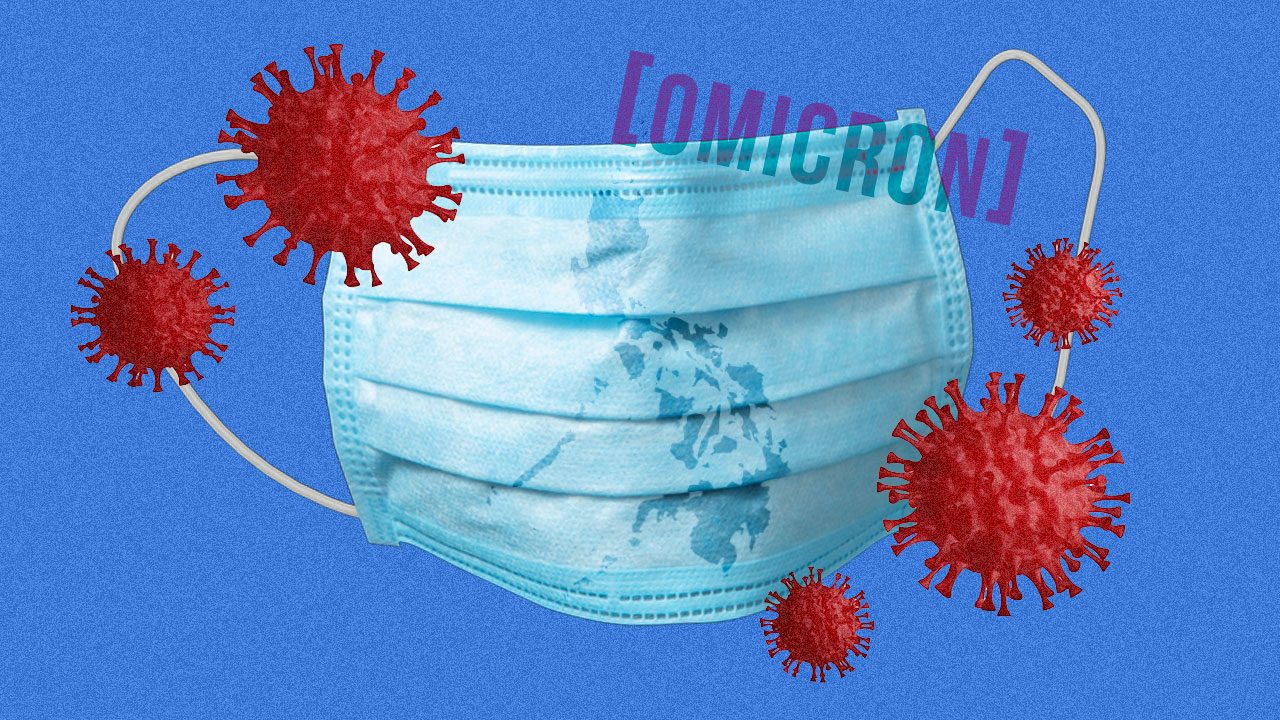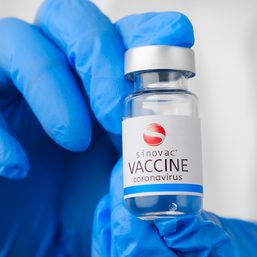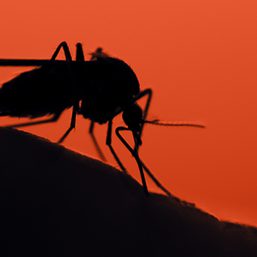SUMMARY
This is AI generated summarization, which may have errors. For context, always refer to the full article.

MANILA, Philippines — A month following the confirmation of the first case of the XBB.1.16 Omicron subvariant Arcturus in Western Visayas, the Department of Health (DOH) announced Tuesday, May 16, the presence of its local transmission.
At Tuesday’s press briefing, DOH officer-in-charge Maria Rosario Vergeire said that the lack of links between XBB.1.16 or Arcturus cases to international cases or no known history of exposure has led the department to declare its local transmission.
“Recent genome sequencing has revealed that there is an additional three XBB.1.16 cases or Arcturus cases in Western Visayas, we confirm that,” Vergeire said.
The DOH later reported that the first XBB.1.16 case had no symptoms and already recovered.
Here’s what we know and don’t know about the new COVID-19 subvariant.
What is XBB.1.16 or Arcturus?
Discovered in January, the subvariant XBB.1.16, also referred to as “Arcturus,” has been identified in 33 countries. Initially detected in India, it is considered a contributing factor to the recent surge in COVID-19 cases in the region.
Recognizing its risk, the World Health Organization (WHO) classified XBB.1.16 as a “variant of interest” in mid-April.
Variants of interest are characterized by a growing prevalence and an increasing number of cases across multiple regions, or they exhibit other epidemiological impacts that suggest a potential risk to global public health.
The WHO is also monitoring another variant of interest known as XBB.1.5, which has a growth advantage compared to other circulating Omicron sublineages, potentially leading to an increase in global cases.
Is it highly transmissible, severe?
Arcturus or XB 1.16 Omicron subvariant, has the ability to evade immunity and is believed to have increased transmissibility, meaning it is easily transmissible compared to previous iterations.
WHO said that XBB.1.16 has the potential to spread globally and contribute to a rise in COVID-19 cases, primarily due to its estimated growth advantage and its ability to evade immune responses. However, the current global risk assessment for XBB.1.16 is considered low, based on available evidence.
Despite reports of growth advantage and immune escape in different countries and populations, including those where XBB.1.5 is dominant, the severity of cases associated with XBB.1.16 does not appear to be higher than previous strains of COVID-19, according to WHO.
The confidence level in this assessment is moderate due to ongoing coordination and data sharing among WHO regional colleagues, countries, and partners, allowing for early detection of any rise in severity.
Arcturus infections resemble earlier COVID-19 strains which include the following symptoms:
- Fever
- Cough
- Fatigue
- Sore throat
- Runny or stuffy nose
- Muscle aches
- Headache
- Loss of taste or smell
What Filipinos should do?
The DOH also reassured the public that there was currently no indication that XBB.1.16 caused more severe disease or different clinical symptoms than the original Omicron variant, based on available evidence.
Vergeire also assured the public that they could remain safe from the local transmission of the subvariant by following the department’s health protocols.
“Just always wear your mask if needed. Get vaccinated. Always remember that if you are experiencing symptoms, you should isolate to avoid spreading the virus,” Vergeire said.
According to the DOH, individuals who were not vaccinated accounted for 43% of the COVID-19-related deaths.
The Philippines has experienced a gradual rise in COVID-19 cases, with an average daily increase of 28% compared to the previous week.
Based on the DOH’s latest COVID-19 biosurveillance report from April 26 to May 6, there are three more cases of Omicron subvariant XBB.1.16 or Arcturus in the country, bringing the total number of confirmed cases to four. – Rappler.com
Add a comment
How does this make you feel?

![[Rappler’s Best] US does propaganda? Of course.](https://www.rappler.com/tachyon/2024/06/US-does-propaganda-Of-course-june-17-2024.jpg?resize=257%2C257&crop=236px%2C0px%2C720px%2C720px)







There are no comments yet. Add your comment to start the conversation.